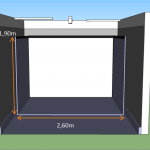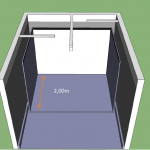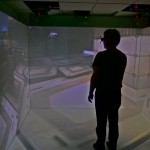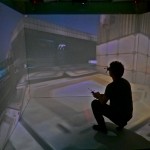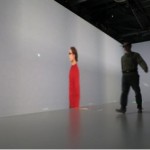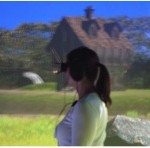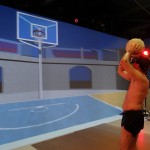
Priojets
ADAPT, Introspect, CNPAO, Sunset, Visionair, Collaviz, Previz, Corvette, S3PM, IRMA,...

Services
Services and collaborations

Technical description
Immersia, High-end VR devices and equipment, MinImmersia, ...
Projects

INTROSPECT vise à développer pour les archéologues de nouveaux usages et outils utilisant des méthodes d’introspection numérique interactive qui combinent la tomodensitométrie avec des technologies de visualisation 3D, telles la Réalité Virtuelle, les interactions tangibles et l’impression 3D.
Le projet ADAPT, cofinancé par le Fonds Européen de Développement Régional dans le cadre du programme INTERREG VA France (Manche) Angleterre, a débuté en janvier 2017. Il réunit 16 partenaires, 8 français et 8 anglais, autour de deux enjeux socio-économiques majeurs : le vieillissement de la population et l’augmentation du nombre de personnes fragilisées.


SUNSET
The SunSet project aims at developing a software suite based on immersive and collaborative virtual reality technology for training and evaluating non-technical skills. The project is implemented in the context of the training of scrub nurses specialized in neurosurgery. It integrates methods and systems developed in the S3PM project on procedural knowledge. By relying on Human Factors approaches, it addresses training and evaluation of interpersonal skills. Whereas the developed technologies and approaches are generic and adaptable to any surgical specialty, the project focuses on the evaluation of the developed system within training sessions performed with scrub nurses. The ambition of the project is double: to propose novel approaches for surgical non-technical skill learning and assessment, and to implement and install the developed training factory at the University Hospital of Rennes, and evaluate it with real scale user experiments.
Le Conservatoire Numérique présente quatre vocations majeures, en accord avec la charte de Londres (www.londoncharter.org):
- La sauvegarde et l’archivage pérennes et centralisés des données 2D et 3D produites par la communauté archéologique de l’ouest.
- L’accès gratuit aux métadonnées (directive INSPIRE)
- L’accès sécurisé aux données pour les différents acteurs impliqués par les projets scientifiques ou concernant la valorisation du patrimoine.
- L’accompagnement et le conseil de ces acteurs dans les démarches de production/exploration de données archéologiques 3D par le biais des dernières techniques de numérisation, de modélisation et de réalité virtuelle.


Collaviz is an innovative multi-domain remote collaborative platform for the simulation-based design applications.
The major value brought by Collaviz to the scientific and industrial community is to make remote analysis and collaboration easily available and scalable. Web-based technologies, on the top of shared high-performance computing and visualization centers, will permit researchers and engineers handling very large data sets, including 3D data models, by using a single workstation, wherever in the world. Just a “standard” internet connexion
will be needed.
PREVIZ is a project which offers the study of an innovative platform of preview for the movie’s production with special effects. It also offers the harmonization of the tools and the information related to the preview throughout the production chain. The objective of PREVIZ is twofold: foster the artistic creativity and increase the productivity of the film making.
The aim of the project is twofold: improve the productivity of the VFX’s content fabrication and boost the artistic creativity during the film shooting.


The CORVETTE project aims to propose a set of scientific innovations in the field of industrial training (maintenance training, complex procedures, security, diagnostic, …) using Virtual Reality technologies.This project seeks to put in synergy a number of scientific axes:collaborative work that can handle representative complex scenarios of industrial training
– Virtual Human for its ability to embody the user as an avatar and acting as a collaborator during training
– communication between a real user and a virtual human acting as a colaborator
– the evalutaion process that will offer a methodological framework allowing to review the contributions of the submitted innovative solutions.
The Visionair project goals :
Visionair is a European infrastructure for high level visualisation facilities that is open to research communities accross Europe ans around the world.
Current scientific challenges such as climate evolution, environmental risks, molecular biology, health, and energy require the management of increasingly complex and voluminous information, thus calling for the development of ever more powerful visualisation methods and tools

Services
The Immersia platform is open to the regional, national and european scientific community. Collaborations are thus possible with the “Image et Réseau” cluster, KIC EIT ICT Labs, and also industrial world.
At region level, Immersia is connected to the “investissement d’avenir” programs through the theme “Interaction and media” of the labex Comin Labs, and some projects of IRT B-Com like Imdata.
If you are interested in collaboration around the Immersia room, feel free to contact our team.
We have yet several active collaborations.
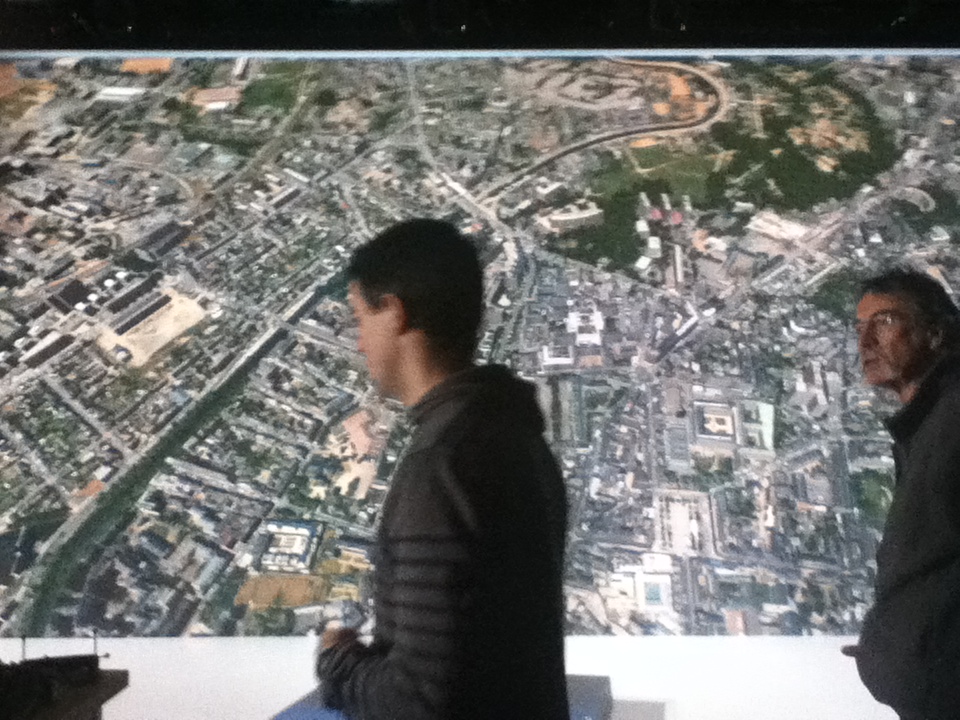
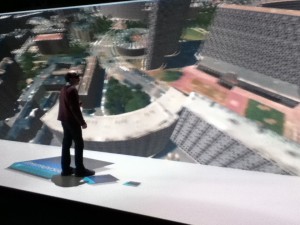
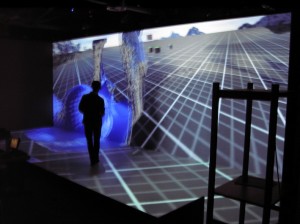
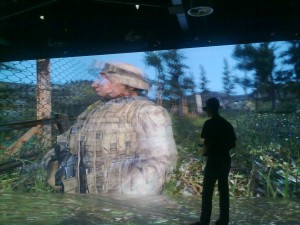
Technical description
Immersia
Here, the full technical document for immersia : Technical description
- High-end 4-sides vizualisation display
- Vertical retro-projected glass screens :
- Main screen : 9,6m x 3,1m, 38M pixels
- Lateral screens : 3m x 3,1m, (2,3 M pixels x 2)
- Horizontal acrylic ground : 9,6m x 2,9m, 3,6 M pixels
- 14 Barco F90-4K13 projectors, 5 for the front screen, 5 for the floor, and 2 for each lateral screen.
- Images generators : 7 HP Z820 with 2×7 Nvidia quadro P6000
- Active stereoscopy with RF Volfoni EdgeVR
High-end VR devices and equipment
- 360° tracking with Optitrack Prime 13 infrared cameras, and full body markers
- Genelec and Yamaha 5.1 and 10.2 spatial sound systems
- 2 Virtuose 6D35-45 haptic devices
- 1 HMD Sony HMZ-T1 + 1 Oculus Rift
- 2 Beyerdynamic headzone pro headphones
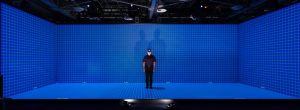
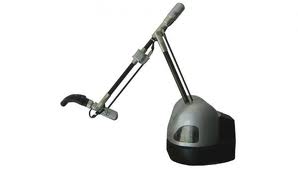 |
|
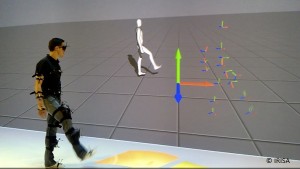 |
 |

MinImmersia
- Small 4-sides infrastructure installed by Realyz
Dimension h1,90m x l2,60m x L2,00m with 4 videoprojectors Optoma 3D, 1 tracking system ART TrackPack2, 5.1 sound system, 2 PC Z420 with graphic cards Quadro K5000 and synchronisation cards GSYNC.
For stereoscopy, 1 Nvidia 3D vision system and 1 Volfoni Active pro RF system. Shuttles are all equipped with ART targets. 1 ART Flystick 3
Gallery
Team


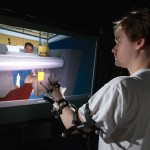


Informations
The Immersia room is located in Rennes, on the Campus of Beaulieu at “Espace des Technologies Innovantes”
Address :
Immersia platformCampus de Beaulieu, 263 avenue du Général Leclerc – Bâtiment 9
35 042 Rennes cedex
![]() The closest airport is Rennes Saint-Jacques (http://www.rennes.aeroport.fr). From airport to Beaulieu campus, the easiest is to take a taxi (around 30 euros).
The closest airport is Rennes Saint-Jacques (http://www.rennes.aeroport.fr). From airport to Beaulieu campus, the easiest is to take a taxi (around 30 euros).
![]() Many trains come to Rennes (http://www.voyages-sncf.com).
Many trains come to Rennes (http://www.voyages-sncf.com).
![]() From train station to Beaulieu campus, it is possible to come by bus (http://www.star.fr) or by taxi. The closest bus stop is « Tournebride » for bus lines 4 and 6.
From train station to Beaulieu campus, it is possible to come by bus (http://www.star.fr) or by taxi. The closest bus stop is « Tournebride » for bus lines 4 and 6.





